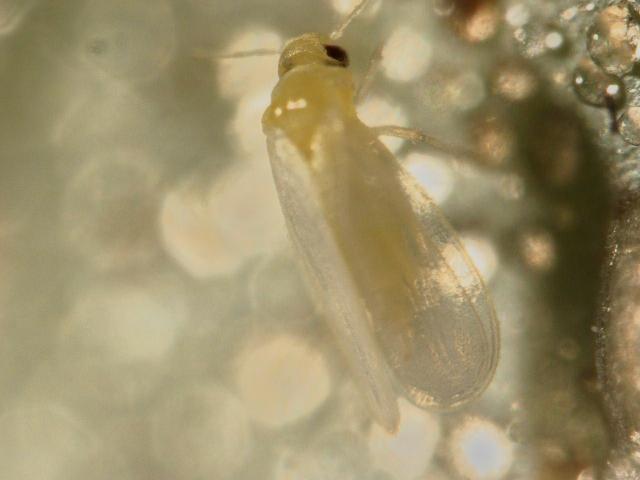 |
|
|
|

|
|||
| |
|||
Now that the spring melon harvest is well under way, it is important to begin thinking about whitefly management in fall produce and melons crops. The first line of defense in avoiding whitefly issues in the fall plantings, is for PCAs and growers do a good job of controlling whiteflies on cotton this summer. This may be particularly important since the cotton acreage has increased significantly this year. However, before whitefly management begins in cotton, it is important that whitefly populations be prevented from building up to large numbers in the spring melons that are currently being harvested. In surveying melon crops for CYSDV this spring, it became readily apparent that a large proportion of the spring melon acreage throughout the area was grown near cotton. In fact, our surveys show that on an area-wide basis more than 83% of the melon acreage this spring were grown either adjacent to, or within a 1/4 mile of, cotton (See Melon Survey). In Dome Valley and Wellton, about 95% of the melon acreage was grown adjacent to cotton. Although whitefly numbers have been relatively light thus far, increased whitefly numbers have been observed over the past week in melons coinciding with higher temperatures and area-wide melon harvests. Thus, proper sanitation in spring melons is critical to preventing unnecessary whitefly buildups in cotton. It is highly recommended that melon growers quickly destroy plant residue as soon as possible following harvest. A delay in disking under melon fields following harvest can provide a large source of adult whiteflies that will readily disperse into cotton, especially when they don't need to fly very far. These fields also potentially extend the host-acquisition period for CYSDV. Good news though, to date CYSDV incidence in spring melons has been relatively low this spring, and was most evident in the north Yuma Valley as shown in the 2011 Spring Melon CYSDV Survey. Adult Whitefly To contact John Palumbo go to: jpalumbo@ag.arizona.edu
|
|||
| Back | |||
For questions or comments on any of the topics please contact Marco Pena at the Yuma Agricultural Center. |
|||
| Home | Cotton
| Veggies | Forages
| Grains | Citrus
| Crop x Crop Insects | Diseases| Weeds | Pesticides | Economics | News | Weather | Research | Photos | Contacts | General Info. Copyright © 2001 University of Arizona, College of Agriculture and Life Sciences Webmaster: Al Fournier (acis@ag.arizona.edu) |
|||
